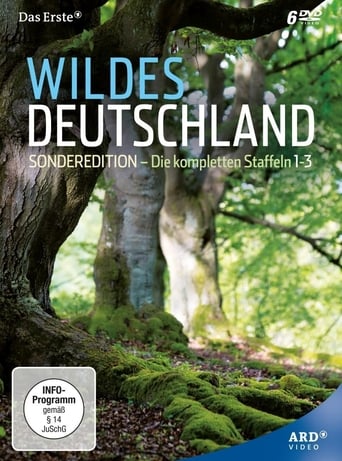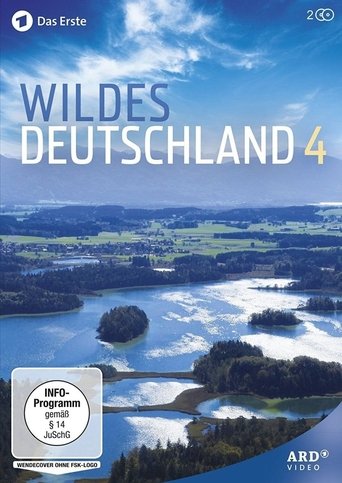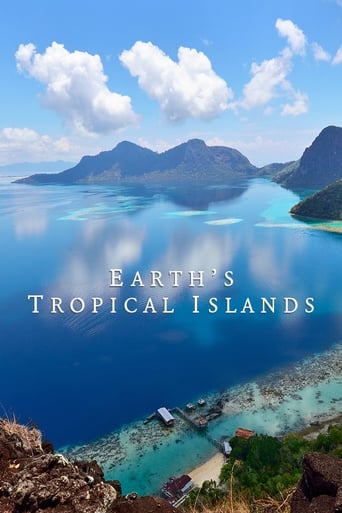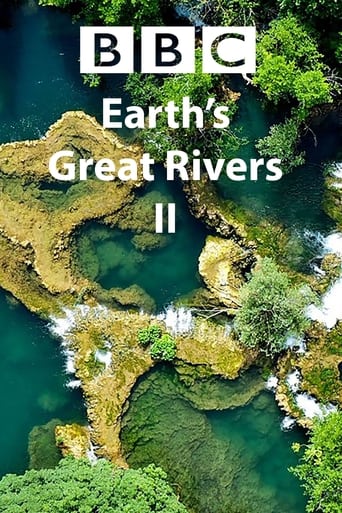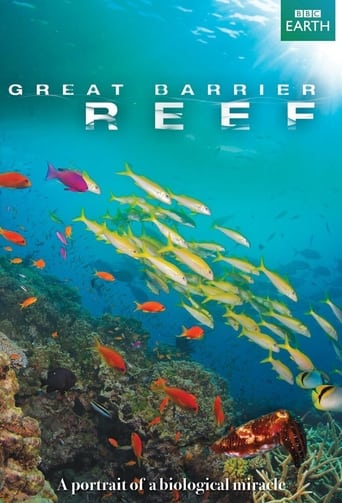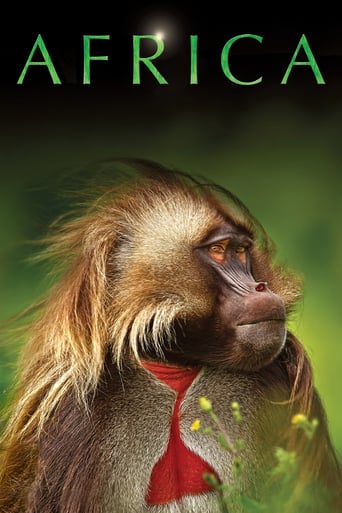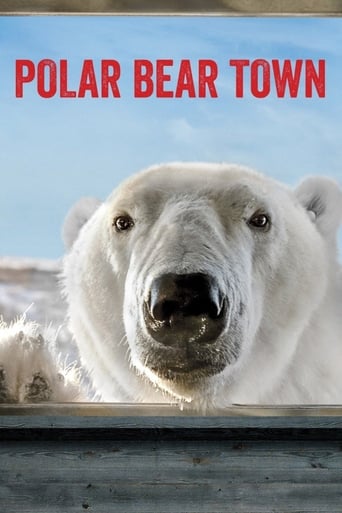Wild Germany Season 2
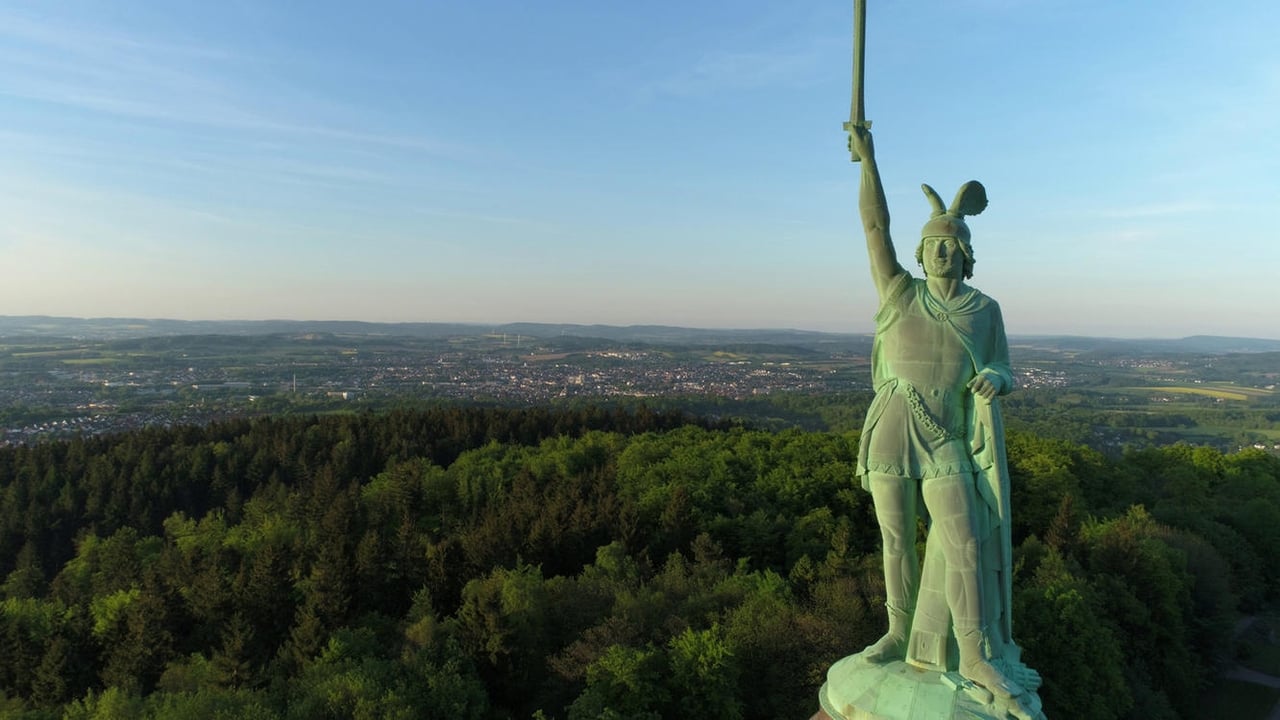
The fairytale river landscape of the Spreewald, the flocks of birds of the North Frisian Wadden Sea and the striking chalk cliffs on the island of Rügen. You can see unique landscapes and their fauna in the different regions of Germany.
Watch NowWith 30 Day Free Trial!
Wild Germany
2011
The fairytale river landscape of the Spreewald, the flocks of birds of the North Frisian Wadden Sea and the striking chalk cliffs on the island of Rügen. You can see unique landscapes and their fauna in the different regions of Germany.
Watch Trailer
Wild Germany Season 2 Full Episode Guide
The fifth part of the series portrays the Bavarian Forest on the border with the Czech Republic. The documentation shows how a catastrophe came about in the former commercial forest, which became known as the forest dieback. It demonstrates how the "jungle of tomorrow" is growing out of it today, how perfectly growth, growth and decay intertwine here and why the bark beetle that once triggered the catastrophe did not become a gravedigger but an obstetrician. When the number of bark beetles in the Bavarian Forest National Park increased to an exceptionally high rate in the 1980s, the national park administration deliberately failed to combat them, this had far-reaching consequences. Within a few years, several thousand hectares of old, formerly economically used spruce stands died in the high altitudes. Apocalyptic scenarios presented themselves to the visitor.
The fourth episode in the series is dedicated to the Main. The river, which flows across Germany from east to west for more than 500 kilometers, is a reflection of German nature: tamed and yet unruly. Nowhere else can you see the power of life and the power of nature better. The Main is affectionately called the white sausage equator. In fact, it winds its way through Germany in many twists and turns over 542 kilometers from east to west. From the Fichtelgebirge to Mainz. It is the second longest river that flows along its entire length in Germany. At the same time, the Main is one of the most misunderstood rivers in the country. Because which images do you associate with the Main? The skyline of Frankfurt? The vineyards around Würzburg? The general image of the Main is shaped by the economic miracle after the Second World War. Back then progress meant everything, nature nothing. As a result, the Main looked more like a cesspool than a river in the 1960s and 1970s.
Lakes and hills, rivers and moors, extensive forests, fields and meadows - that's the Uckermark. In the north-east of Brandenburg, 80 kilometers from Berlin and in the direct vicinity of Mecklenburg-Western Pomerania and Poland, it is the largest district in Germany with over 3,000 square kilometers. Best conditions for nature: 60 percent of the Uckermark is under protection - in the Schorfheide-Chorin Biosphere Reserve in the south, in the Lower Oder Valley National Park in the east and in the Uckermark Lakes Nature Park in the north-west. As if on an ark, one encounters a particularly large number of rare animal and plant species in the Uckermark: eagles breed in the Waldmark, otters hunt for trout and lampreys in clear rivers, beavers dam streams into lakes, badgers, raccoon dogs and foxes live together with deer and Deer in the field mark. Above all, however, the varied landscape, shaped by the Ice Age, is the crane metropolis of Europe.
The Palatinate Forest is located in the southwest of Germany, not far from the French border. Colorful red sandstone rocks and countless castles and ruins tower over the fragrant pine forests. The Trifels with its sublime imperial castle is the best-known rock castle. Wildcats and lynxes sneak through the undergrowth, red deer with magnificent antlers and Corsican mouflons with snail-shaped horns strut around in the largest contiguous forest area in Germany. On the border with France in the Dahner Felsenland, the landmark of the Palatinate Forest rises above the treetops: the Teufelstisch, the most famous rock formation in the Palatinate Forest Nature Park. The wine route, which runs along the eastern edge of the Palatinate Forest, invites you to linger with its romantic wine villages. The region is one of the warmest in Germany. And so Rock Bunting, Praying Mantis and Green Lizard have settled in the Tuscany of Germany.
The first part of the series shows the Thuringian Forest. It is one of the largest forest areas in Germany. Mountain landscapes, meadows, valleys and bodies of water offer a varied natural experience. Thuringia is considered Germany's green heart. Over a third of its land area is covered by forest. In the west of the Free State lies the Thuringian Forest, a low mountain range almost 1,000 meters high, stretching from the Werra in the north-west to the Franconian Forest in the south-east. Not only squirrels and raccoons feel comfortable in the dense, partly original forests. The rare black storks have also settled here again. Red kites build their nests in the canopy, and even the shy wild cat finds enough cover here. European hamsters are still very numerous in the Thuringian Basin, one of the oldest cultural landscapes in Germany. It is one of the last refuges of the endangered rodents in Europe. Thuringia is famous for its castles. The best known is the Wartburg near Eisenach.
Free Trial Channels
Seasons


